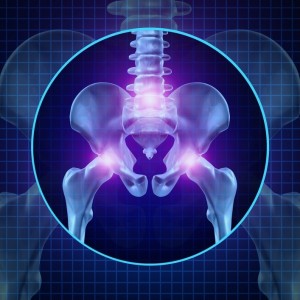 What’s New in Total Hip Replacement?
What’s New in Total Hip Replacement?
The Journal of Bone and Joint Surgery, September 2014 issue, published an article listing new research and interesting information regarding total hip replacements.
A Reduction in Transfusions
– Studies have found a significant reduction in the amount of blood transfusions after total hip replacement if IV tranexamic acid is used. This is a relatively inexpensive drug that is given intravenously to stop bleeding. It is an antifibrinolytic agent therefore it allows a more effective blood clot to form to prevent excessive bleeding during total hip replacement surgery.
Risk Factors for Pulmonary Embolism after Total Hip Replacement Surgery
- Having had a previous pulmonary embolism
- Chronic obstructive pulmonary disease
- Atrial fibrillation
- Anemia
- Depression
Modifiable Risk Factors for Peri-Prosthetic Joint Infections
- Obesity (46%)
- Anemia (29%)
- Malnutrition (26%)
- Diabetes (20%)
Reduction of Joint Infections
- Currently being studied in animal models: implants being coated with antibiotic impregnated microspheres. Early results have revealed an impressive 100% success rate in preventing infection in wounds that were contaminated with Staphylococcus aureus.
Fixation
- Cementless fixation for Total Hip Replacement is recommended over the use of cement.
Dislocation
- This is the most common reason for revision with total hip arthroplasty.
Surgical Care Improvement Project (SCIF)
This program was started in 2006 in an effort to decrease postoperative surgical site infection and venous thromboembolism (DVT/PE). After implementation of the surgical care improvement project, the rate of superficial surgical site infection did not change nor did the rate of pulmonary embolism decrease.
There was no clinical improvement, even though there was a high rate of compliance with the surgical care improvement project.
The Direct Anterior Approach
Research has shown that there is a shorter hospital stay and earlier ambulation in patients who underwent total hip replacement with the use of the direct anterior approach as compared to the posterior approach.
The most common complication is a lateral femoral cutaneous nerve palsy which has occurred in up to 17% of the patients who have undergone THA with an anterior approach. Studies have shown that the early advantages of a direct anterior approach are only present for the first 2 weeks after surgery. After two weeks there are no significant differences between the two approaches.

Recent Comments